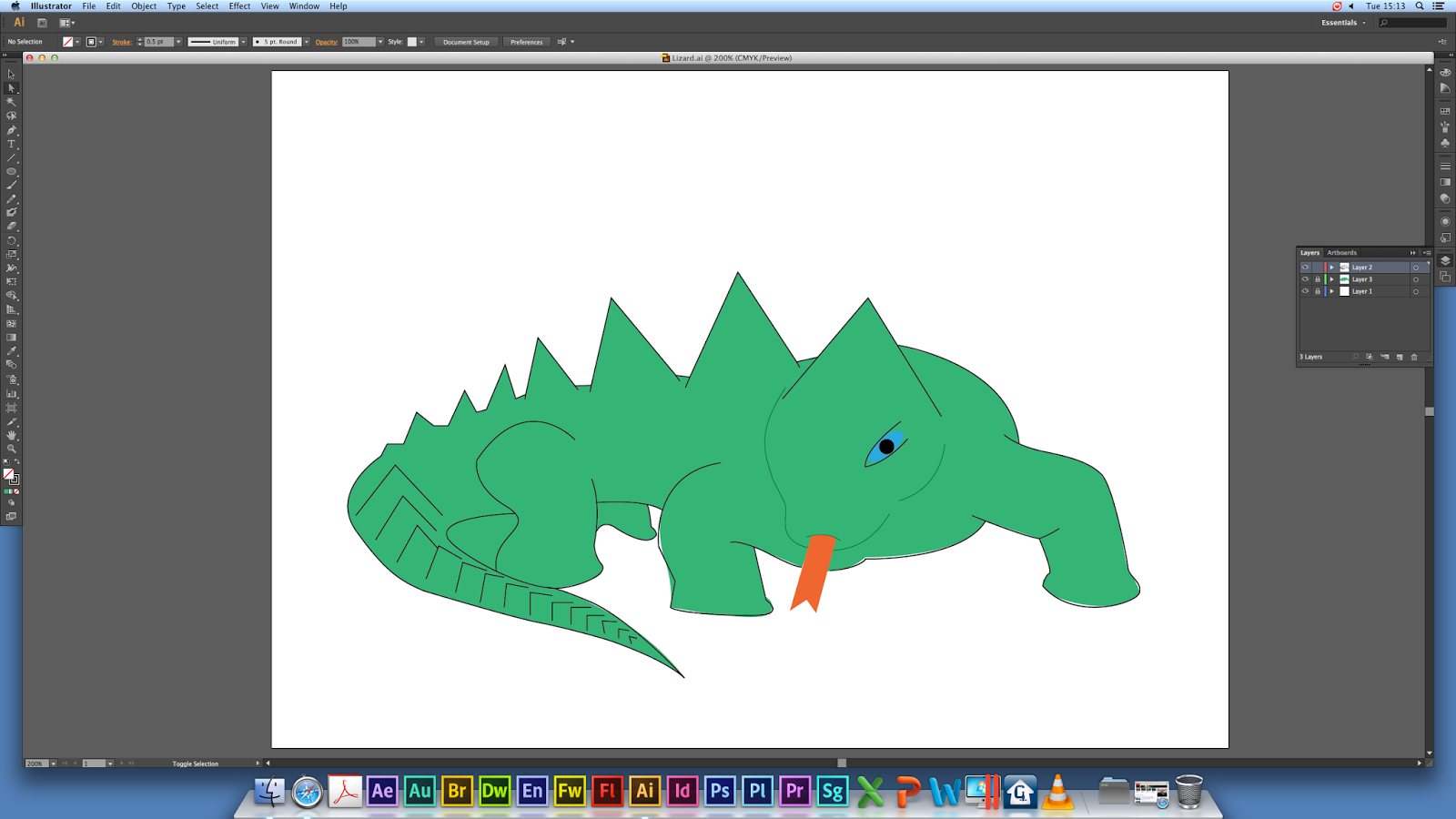Final Product
The kind if gaming experience I was aiming for in terms of the
reactions I wanted for it to generate, would be the feeling of not knowing
where you are going, in a way a blind person would, as was the inspiration from
the “Out of Sight” animation.
As for whether my final product succeeded in this regard, I feel it did
to an extent.
For why it didn’t work, it was mostly due to the lack of environmental
assets for the player themselves would see and limited level design, cramming 3
different environments into one level and also that the level itself is too
small and so the experience would go by too fast.
However, what was right were the colours to help set a lonely tone and
the fact that my character was a floating light with a pulse that represented
the sound reflection range which caused the invisible ground to appear when
they ‘touched’ as bats and some blind people get around by sound and touch. The
platforming aspect of the game works as well to some degree but for this I
would rather have the character move more slowly as rushing blind would be a
quick way to disaster.
Some changes to the final product that I would make if I had more time
would be; to make the character more humanoid as opposed to being a ball,
adding more environmental assets to remove the feeling of empty space helping
vary the environment and parallax, make it so when the pulse isn’t touching a
platform the platform would disappear and including about 2 or 3 more levels to
space the environments out.









